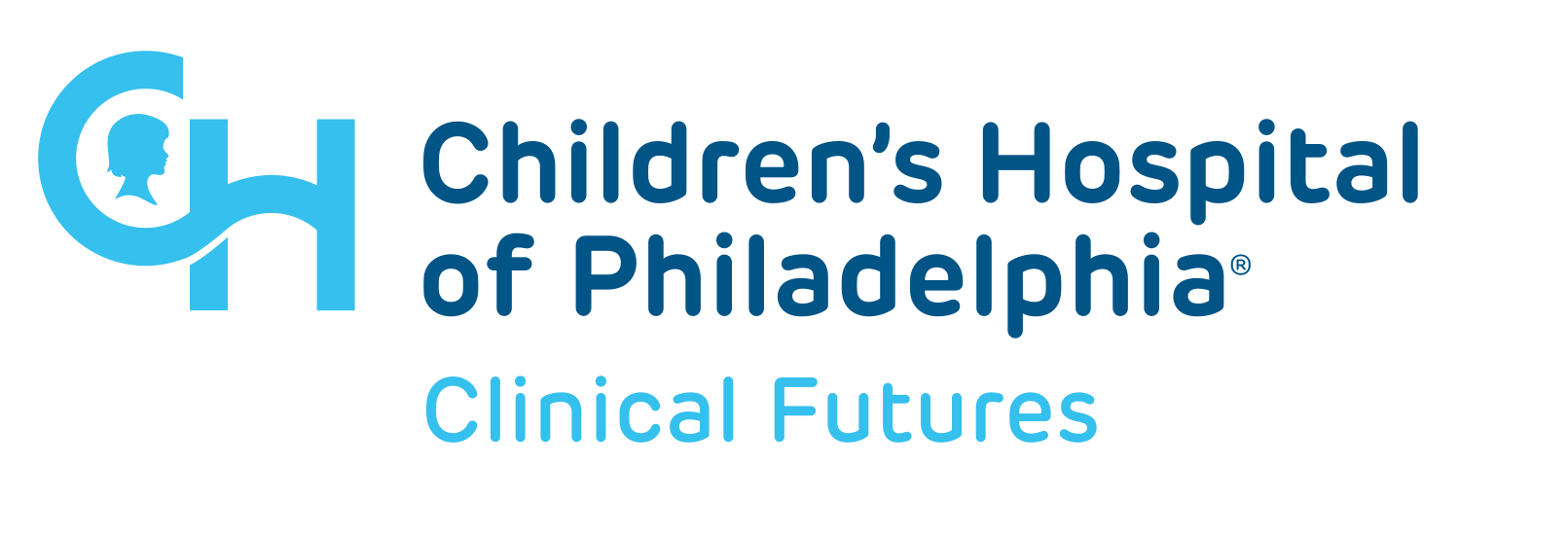Healthcare Acquired Infections Research | Clinical Futures
Despite the high potential for the transmission of hospital-acquired respiratory infections, little is known about their epidemiology attributed to a pediatric outpatient encounter. Research on healthcare-acquired infections at Clinical Futures seeks to measure children’s risk of acquiring respiratory infections in pediatric ambulatory sites. This line of research also identifies infection control practices that may be associated with the incidence of these infections. Through our research we are informing more robust hospital-acquired infection prevention and control practices to dramatically reduce disease transmission at the community level.
To optimize prevention strategies within communities, we are working to better understand the role hospitals and ambulatory clinical settings play in the transmission of these infections and to help establish strong infection prevention and control programs in outpatient settings. Our researchers are:
- determining the risk for healthcare-associated respiratory infection after exposure to a clinic visit
- measuring variation in pediatric hospital-acquired respiratory infection rates across clinic sites
- identifying infection prevention and control practices that may be associated with variation in hospital-acquired infection rates
Using multiple study designs and analytic approaches with data obtained through the CHOP Electronic Health Record, structured parent and provider interviews, abstraction of census data, and healthcare worker questionnaires and structured observation, we hope to ultimately build upon these findings to develop and compare the effectiveness of infection prevention and control interventions to prevent hospital acquired infections in pediatric primary care settings.
Highlights of research results include:
- Over two influenza seasons, 14 percent of influenza-like illness (ILI) visits among young children were associated with pediatric hospital clinic visits. The researchers also found a 30 percent increased risk of presenting with an ILI after a clinic visit.
- Based on in-depth interviews with parents of children who receive care in the CHOP Primary Care Network, ILI causes an undue burden on families. Parents are concerned with the transmission of ILI at pediatric hospital clinics and want to see improved infection control for safer care.
- Results from a study investigating barriers to the use of personal protective equipment (PPE) to prevent pertussis transmission among healthcare workers in a pediatric primary care network reported frequent use of PPE for patients with pertussis but significantly less PPE use for children with any respiratory symptoms.
What’s Next:
Clinical Futures researchers have active research projects underway looking at ILI in pediatric ambulatory settings, including the transmission of ILI in these healthcare settings, caregiver perceptions of healthcare-associated ILI in pediatric ambulatory settings, as well as comparing the effectiveness of parent/child and healthcare worker-targeted infection control interventions to reduce healthcare-associated ILI in these settings.
Funding: Clinical Futures at CHOP; U.S. Dept. of Health & Human Services
Please contact Kristen A. Feemster, MD, MPH, MSHP, research director for the Vaccine Education Center at CHOP, and an attending physician in the division of Infectious Diseases at CHOP, for more information about this line of research.
Healthcare Acquired Infections Published Research
Kuncio D, Middleton M, Cooney MG, Ramos M, Coffin SE, Feemster KA. Healthcare Worker Exposures to Pertussis: Missed Opportunities for Prevention and Control. Pediatrics. 2014 Jan; 133(1):15-201.
Fierro JL, Middleton M, Smallwood AN, Rettig S, Feudtner C, Coffin SE, Feemster KA. Barriers to the use of PPE to prevent pertussis exposures in a pediatric primary care network. Journal of the Pediatric Infectious Diseases Society. 2015 Mar;4(1):49-56.
Szymczak JE, Feemster KA, Zaoutis TE, Gerber JS. Pediatrician perceptions of an outpatient antimicrobial stewardship intervention. Infect Control Hosp Epidemiol. 2014 Oct;35 (Suppl 3):S69-78.
Feemster KA, Leckerman K, Middleton M, Zerr DM, Elward A, Newland J, Asti L, Guth E, Selvarangan R, Coffin S. Use of administrative data for the identification of laboratory-confirmed influenza infection: the validity of influenza-specific ICD-9 codes. Journal of the Pediatric Infectious Diseases Society. 2012 July 2; 2(1):63-66.
Feemster KA, Prasad P, Smith MJ, Feudtner C, Caplan A, Offit P, Coffin S. Employee designation and health care worker support of an influenza vaccine mandate at a large pediatric tertiary care hospital. Vaccine. 2011 Feb 17;29(9):1762-9.
Feemster K, Localio AR, Middleton M, Chilutti M, Metlay JPM, Coffin SE. Measuring risk of healthcare-associated influenza-like illness (HA-ILI) in pediatric ambulatory practices using a self-controlled case series. Infectious Diseases Society of America Annual Meeting- Oral Abstract Session. San Francisco, CA: October 2013.
Kuncio D, Middleton M, Cooney MG, Ramos M, Coffin SE, Feemster KA. Healthcare worker exposures to pertussis and potential transmission to vulnerable patients: missed opportunities for prevention and control. Infectious Disease Society of America Annual Meeting- Poster Session. San Diego, CA: October 2012.



